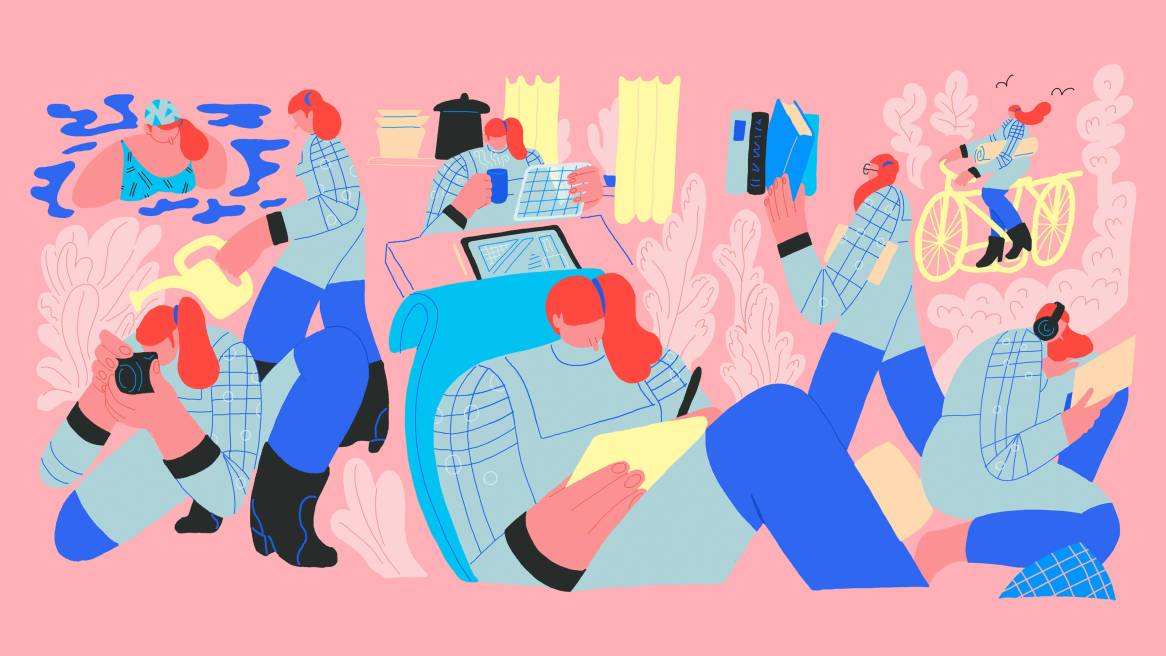Fast Forward
Active Agents in the Gig Economy
Freelancers already make up 35 percent of U.S. workers, according to a survey released by the Freelancers Union, based in New York City. Another large study released by the McKinsey Global Institute found that 20-30 percent of the labor force in the European Union is made up of independent workers who are self-employed or do temporary work. As the gig economy expands, freelancers and salaried professionals will look for greater diversity in their work experiences and new roles that inspire and challenge them. Companies of all sizes will follow suit as the workforce fluctuates, experimenting with flexible office arrangements, modular workplaces, co-working spaces and new service models for using and provisioning space.
Consider this scenario in the not-so-distant future: Your company pays a monthly membership fee for a flexible workplace in San Francisco’s Little Saigon to support its rapidly growing teams with the kind of spaces that fit your culture. You spend much of the first quarter in this custom-built office suite, looking out at a newly-revitalized city park as you sip your fruit water. There is not a PC to be found. What you see, instead, are touchscreen computers for small or large groups—some fixed, some mobile—in open studios. You meet a freelance data analyst from Senegal, who moonlights as a Lyft driver, a tech writer whose byline you remember vaguely from Wired, and a Ph.D. candidate attending Cambridge, who specializes in “topic modeling,” an algorithm used to categorize written text into substantively meaningful categories.
You review the terms of a two-week project in an informal space, where softly upholstered chairs, richly grained oak tables and plush rugs make everyone a bit more comfortable and relaxed. Two weeks later the data analyst is off to New Jersey for a consulting job in population healthcare, but you’re connected on Upwork and he’s easy enough to reach online. One early morning in April you work from home, getting dressed in a suit and tie and slipping on a mixed reality headset to present a detailed project pitch to a potential client in London whose day is halfway through. Their hologram-like images appear, as if by magic, in a virtual boardroom. The Ph.D. candidate is there, too—or at least her incredibly lifelike image is— ready with an impressive word visualization, clarifying past customers’ perceptions of the potential client. You enjoy shifting between work at the new office and your home, feeling free to choose the places that best support the work you need to do.


